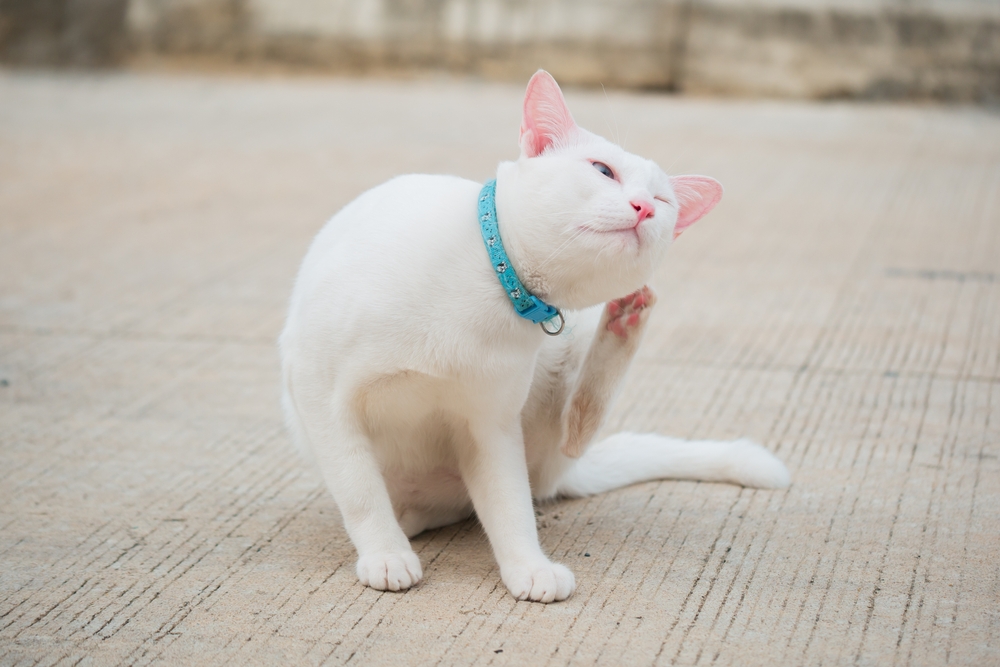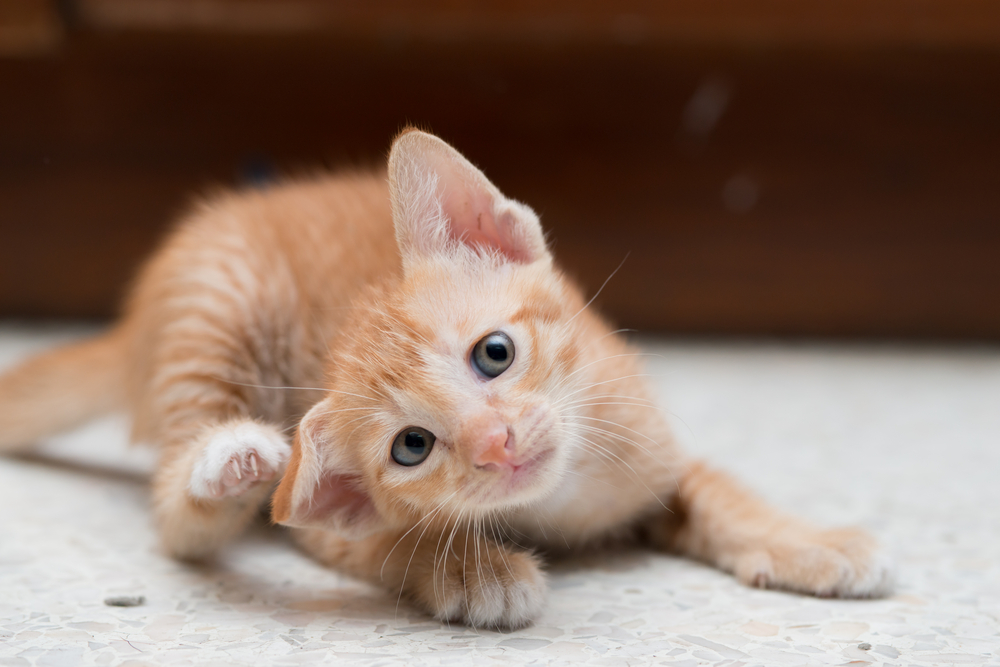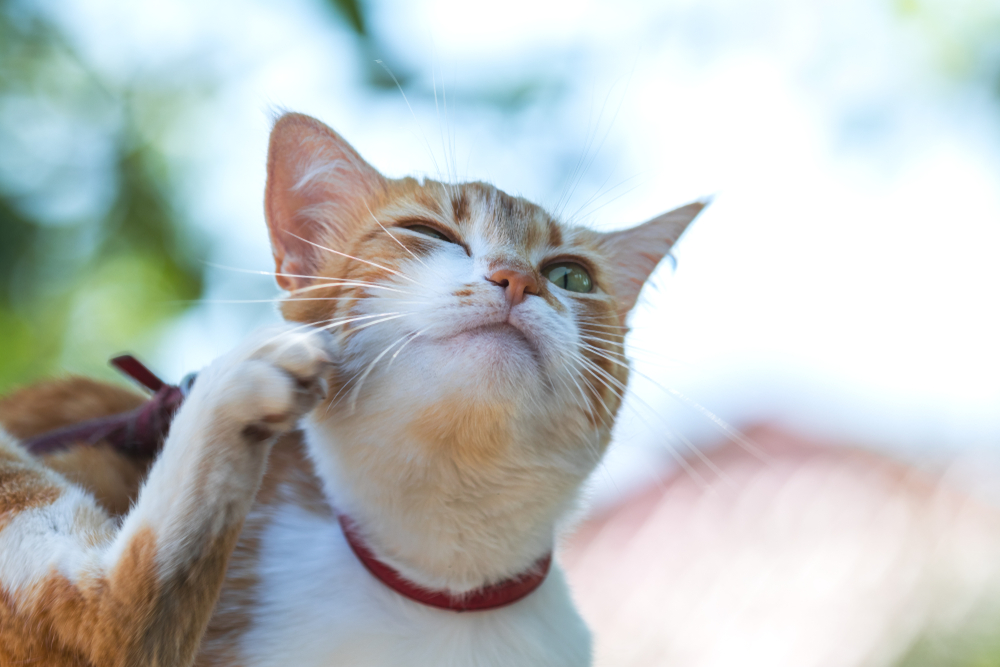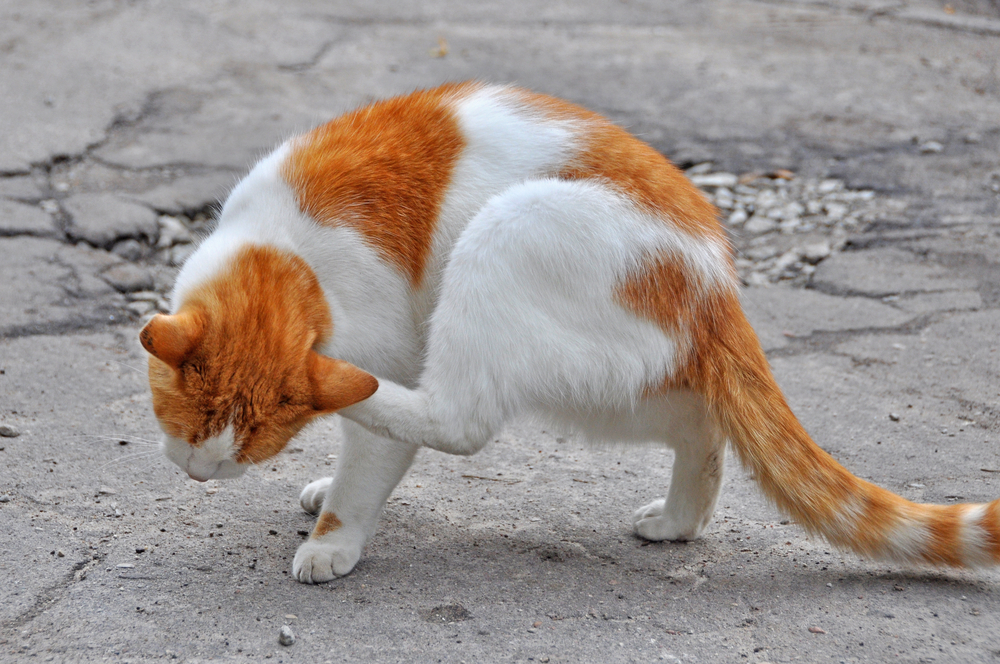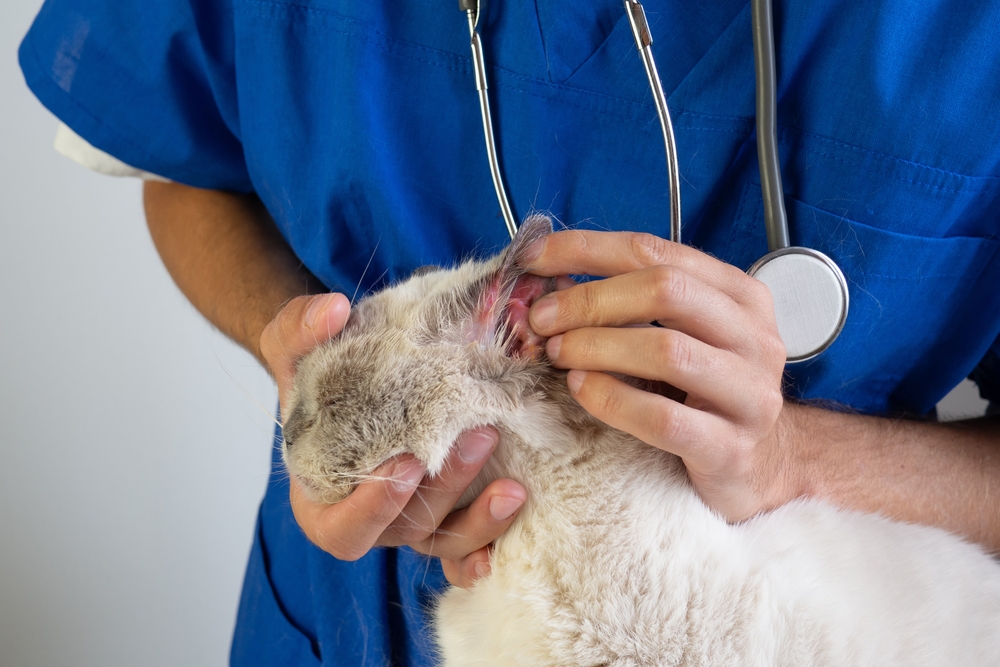📖 Table of Content:
Today, we’ll tackle a topic that may not be the most pleasant, but one that’s essential for the well-being of our furry friends – cat ear mites vs. wax. It’s not the most glamorous conversation, I know, but as caring cat parents, we want our precious fluffs to be happy and healthy.
I’ve been there, too, snuggled up with my favorite furry cuddle buddy, showering her with love, when I suddenly noticed something not quite right with her ears. “What could that waxy substance be? Is it ear wax?”, I immediately thought.
But, after doing some research, I found out that innocent-looking ear wax comes with unwelcomed intruders – the pesky ear mites. These tiny troublemakers can cause discomfort and irritation for our lovely furbabies, and I know how heartbreaking it is to see our fluffs going through any kind of pain.
Don’t worry, we’re in this together, and we’ll always find a way to lend a helping hand to our furry friends. After all, they rely on us to understand their needs and ensure they live happy and healthy lives, and we take that role very seriously.
So, let’s embark on a journey to uncover the cat ear mites vs. wax mysteries. We’ll learn how to spot the main differences between them, and how to address this issue with the ultimate care.
What are ear mites?
First off, let’s talk about those annoying little insect-like organisms that can cause a great deal of discomfort for our furballs – ear mites. They’re like unwelcomed guests that set up a whole camp in your fluff’s ear canal. That’s not cool at all.
So, what’s their deal? Well, ear mites chow down on your cat’s ear wax, skin cells, and oils – yuck! They’re quite common in cats, especially in kittens and those with weaker immune systems. Oh, and here’s a not-so-fun fact – they love to play the contagion game, spreading easily to other cats and even dogs.
Yeah, they’re kind of like social butterflies, but in all the wrong ways. Spotting them is no easy task. They’re master hide-and-seek players. Luckily, there are some signs that you may notice. If you do, make sure you schedule a visit to the vet, just in case.
First off, your furry friend constantly shaking and scratching her head is a first red flag. Take a peek inside her ears – if you see redness and irritation, it’s a sign that something’s up. The skin around the ears might look all inflamed and bothered, too.
The more icky part is the ear wax buildup, which may look dark black or brown, and has an unpleasant odor. There may be a dark discharge inside and outside of her ears, too. Yep, it’s not a pleasant sight at all.
Your fluff may also seem a bit disoriented and she may even keep her head tilted with her ears flat. No matter how heartbreaking it looks, don’t sit there and feel bad for your poor fluff. Hope on over to the vet for a checkup, and they’ll know what to do.
What is ear wax?
Let’s get one thing straight: ear wax is completely normal. It happens in all cats’ ears from time to time. However, sometimes it can give us some clues about our furry friend’s health. So, don’t just go looking for ear wax in your kitty’s ears because you’ll probably find some.
Instead, keep an eye out for whether it looks healthy or not. Now, if you don’t see any wax in your cat’s ears, that’s usually a good sign. In fact, most healthy cats don’t have visible ear wax in their ears.
Still, the presence of ear wax isn’t always a cause for concern, but it sure can be a red flag. If your cat’s ears are in a bit of a sticky situation, it’s probably time for a trip to the vet. There are various conditions that can make ear wax look a bit, well, unhealthy.
Healthy ear wax should be light brown and surrounded by pale skin, but when it starts getting smelly, darkly colored, and super plentiful, that’s when we need to raise an eyebrow.
Cat ear mites vs. wax: How to tell a difference
Sometimes, it’s hard to tell the difference between cat ear mites and wax. If you’re worried your fluff may be dealing with mites, there are some tell-tale signs that you may want to look out for.
As we’ve said, it’s completely normal for cats to have a small amount of ear wax. However, if you notice your feline friend doing some head shaking and excessive scratching, we may potentially have an ear mite situation on our hands.
So, ear wax is usually brown, both in a healthy cat and in those with mites. However, healthy ear wax is usually lighter and doesn’t have a funny smell. If your fluff has a dark brown wax with an unpleasant odor, that could be a big red flag for ear mites.
The reason this mite wax looks darker is that it’s mixed in with dried blood and skin, thanks to the pesky mites wreaking havoc in your cat’s ears. Also, if you spot wax along with inflamed ears, that’s also a big sign that you should take your fluff to the vet.
However, if the ear looks pink or pale pink, you can probably breathe a sigh of relief – it’s likely not mites causing the fuss, and your fluff will be just fine. Still, if it doesn’t let you sleep at night, it won’t hurt to reach out to your vet, just in case.
Signs of ear mites in cats
So, if you’re still not sure whether your cat has ear mites or not, let’s go into a bit more detail about some signs that may indicate she’s infected. Grab a pen, take some notes, and see if any of these check out for your fluff.
1. Dark discharge coming out of her ears
If your furry buddy is dealing with ear mites, you might notice a dark discharge that looks a lot like black ear wax. It can even make its way outside of the ear canals and become visible to the naked eye. Yikes!
Why does it get so dark and stinky, you ask? Well, that’s because the dark color and foul smell are a result of the parasitic waste and secondary infection caused by those pesky ear mites. This kind of discharge usually resembles coffee grounds, so that’s definitely one thing to look out for!
2. She keeps her ears flat
Although it’s really adorable to see your cat flatten her ears, usually it’s a sign she may be scared or angry. However, she could also be trying to get some relief from those annoying ear mites living in her ears.
When a cat’s ears are infested with these parasites, they’ll do something quite interesting – flatten those ears right back against their cute little heads! You see, they’re not doing it to show their mood; they’re trying to ease the irritation.
It’s usually accompanied by them pawing at their ears, rolling around on the floor, and even rubbing their ears against your lovely carpet. It’s their way of telling you that the itchiness and irritation are driving them crazy, so it’s best to look for some kind of relief ASAP.
As cat parents, we pay attention to these subtle cues because our furry pals depend on us to understand when something’s bothering them. So, if you notice your cat doing some funky ear moves, it might be time for a little trip to the vet.
3. She’s scratching and shaking her head excessively
So, yes, when those annoying ear mites invade, they can cause a whole lot of itching and irritation for our precious kitties. And guess what? Our cats aren’t the best at dealing with discomfort, so they might try scratching at their ears with their sharp little nails. Ouch!
I don’t want to raise any more panic, but all that scratching can lead to some damage and trauma on the outside of your fluffs cute ear flaps. You definitely want to avoid that!
One way to help prevent scratches is by keeping your cat’s nails trimmed. It’s like giving her a kitty manicure. How cute is that?! Plus, trimmed nails mean fewer chances of her accidentally hurting herself while trying to get some relief from the itchiness.
Keep an eye out for another tell-tale sign of discomfort – lots of head shaking! When our furry friends shake their heads more than usual, it’s like a silent cry for help. They’re trying to tell us something isn’t right, and we need to take it seriously.
4. You can see the mites in her fur – yikes!
I know, tiny bugs in your fluff’s fur are the last thing you wanted to see when you went to cuddle her this morning. Sometimes, however, it’s good to take a flashlight and maybe a magnifying glass and inspect her ears like a true detective.
Be careful, though. Your usually laid-back furry friend is going through a lot right now, so she may have a bit of a reaction when you come close to her ears. If there’s no way for you to inspect her, the superhero vet will be there to save the day.
